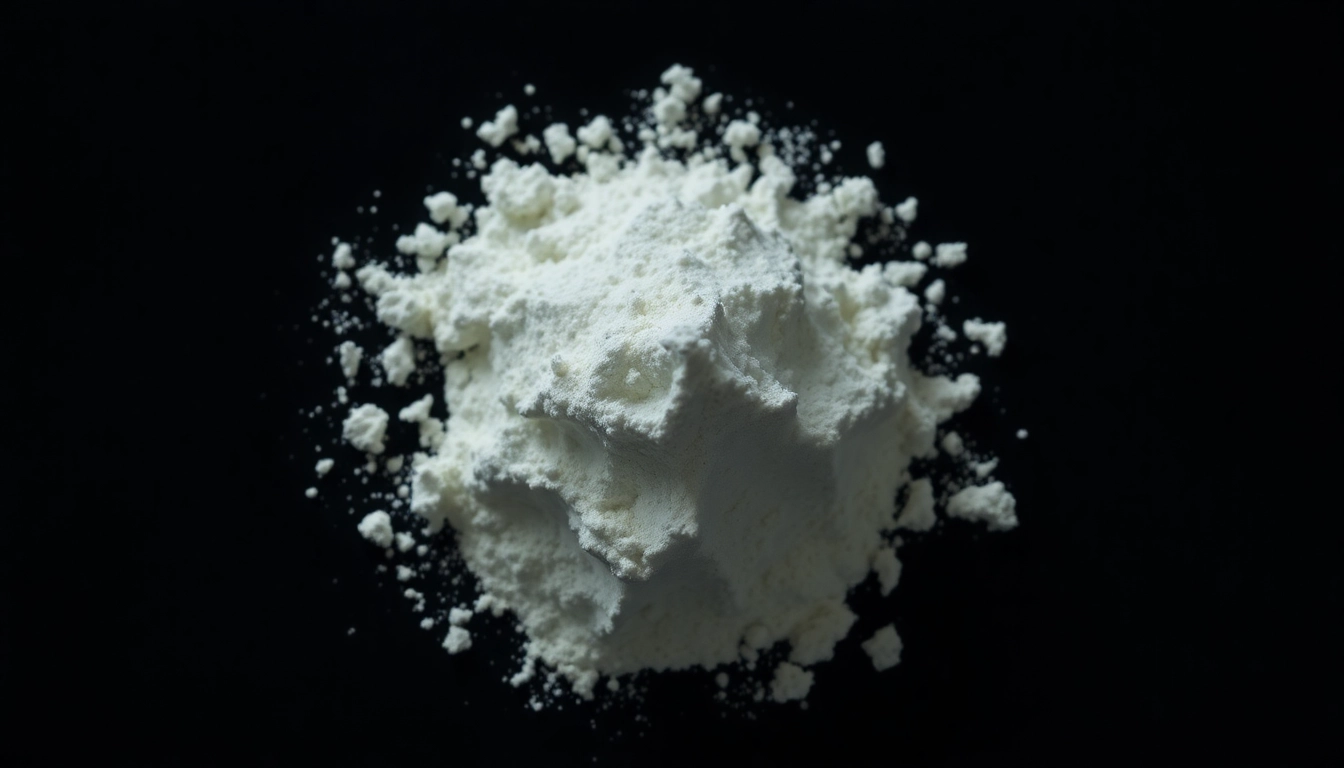Understanding Fat Reduction Techniques
In a world where body image is constantly in the spotlight, many grapple with the challenges of stubborn fat deposits. Fortunately, advancements in medical technology have brought a series of innovative techniques for fat reduction into the limelight. This article delves deep into these techniques, offering insights on the various options available, their mechanisms, and what one can expect from each.
What is Non-Surgical Fat Reduction?
Non-surgical fat reduction refers to a variety of techniques designed to reduce fat deposits without invasive surgical procedures. These methods are particularly beneficial for those who want to reshape their bodies without undergoing traditional surgeries like liposuction. Non-surgical fat reduction procedures often utilize innovative technologies that can target specific fat areas safely and effectively.
Popular Methods for Fat Reduction
Several popular non-surgical techniques have emerged in recent years, including:
- Cryolipolysis: Also known as fat freezing, this method involves controlled cooling to freeze fat cells, which the body then naturally eliminates. This process is often associated with the brand CoolSculpting.
- Laser Lipolysis: This method employs laser energy to target and destroy fat cells beneath the skin’s surface while promoting skin tightening.
- Radiofrequency Lipolysis: By using radiofrequency energy, this technique focuses on heating the skin to stimulate collagen production and reduce fat deposits.
- Ultrasound Therapy: This utilizes sound waves to break down fat cells in the targeted areas without damaging surrounding tissues.
How Fat Reduction Works
The underlying mechanisms of these fat reduction methods vary, but they generally involve the destruction or targeting of fat cells while preserving surrounding tissues. For instance, during cryolipolysis, fat cells that are exposed to cold temperatures undergo apoptosis, or programmed cell death. This process allows the body to naturally flush out fat cells over time, resulting in noticeable results. The effectiveness and safety of these methods have made them increasingly popular among those seeking to improve their body shape without the need for surgery.
Benefits of Non-Surgical Fat Reduction
There are multiple advantages to opting for non-surgical fat reduction methods over traditional surgical procedures.
Minimally Invasive Treatment Advantages
One of the most significant benefits of non-surgical fat reduction is its minimally invasive nature. Unlike surgical options, which often require incisions, anesthesia, and longer recovery times, non-surgical treatments typically involve little to no downtime. Patients can often resume their normal activities immediately following the procedure, making it an attractive option for busy individuals.
Cost-Effectiveness of Fat Reduction
While the cost of non-surgical fat reduction can vary based on the specific technique and location, it is often perceived as more cost-effective compared to surgical options. For example, the average cost for nonsurgical fat reduction treatments is reported to be around $1,157. This pricing can seem more affordable when you consider the expenses linked with surgery, such as anesthesia, facility fees, and recovery care.
Recovery Time Compared to Surgical Options
Recovery times for non-surgical fat reduction methods are typically significantly shorter than those associated with surgical procedures. Most patients can return to their daily routines shortly after treatment, experiencing only temporary side effects, such as mild redness or swelling in treated areas. This quick recovery period is one of the many reasons non-surgical options have gained immense popularity.
Choosing the Right Fat Reduction Treatment
Choosing the appropriate fat reduction treatment involves a thorough evaluation of various factors, including medical history, personal goals, and the specific characteristics of the targeted fat deposits.
Factors to Consider When Selecting a Procedure
When determining the best fat reduction treatment, consider the following factors:
- Body Area: Different fat reduction methods might be more effective for certain areas of the body. For instance, cryolipolysis is particularly effective for love handles and abdomen areas, while laser lipolysis might be preferable for smaller areas, like the chin.
- Desired Results: Understanding your personal aesthetic goals will help in selecting a treatment that aligns with your needs and expectations.
- Consultation Feedback: Always consult a qualified practitioner who can evaluate your body and recommend the best fat reduction strategy for you.
Consultations: What to Expect
The consultation process is critical for successful fat reduction. During this appointment, a qualified professional will assess your physique, discuss your goals, and evaluate your medical history. They may also take photographs and measurements to help track your progress. This is an excellent opportunity to ask questions and voice any concerns you may have regarding the treatments. Clear communication during consultations is crucial to achieving satisfactory results.
Personalizing Your Fat Reduction Plan
Every individual has unique anatomical considerations and fat distribution. Therefore, personalizing your fat reduction plan is essential. A plan may include a combination of different treatment options tailored to your specific needs. For example, if one desires to reduce stubborn fat in the abdomen while tightening the skin, a combination of cryolipolysis and radiofrequency treatments may be suggested. Ultimately, a personalized approach maximizes results and ensures patient satisfaction.
Post-Treatment Care for Optimal Results
Post-treatment care is crucial to achieve the best outcomes from fat reduction procedures. Proper adherence to aftercare instructions will facilitate optimal recovery and enhance results.
How to Maximize Fat Reduction Results
To ensure you achieve maximum results from your treatment, consider the following:
- Follow Recovery Guidelines: Adhere strictly to the aftercare instructions provided by your practitioner, which may include avoiding strenuous exercise or direct sun exposure for a specific period.
- Stay Hydrated: Drinking plenty of water post-treatment aids in the body’s natural detoxification processes, facilitating quicker elimination of treated fat cells.
- Maintain a Healthy Diet: Post-treatment, it’s essential to consume a balanced diet rich in vegetables, lean proteins, and healthy fats to support the body’s recovery.
Nourishment and Exercise Recommendations
Incorporating a healthy lifestyle is vital following fat reduction treatments. Regular exercise can enhance the effects of the treatment, boosting metabolism and encouraging further fat loss. Aim for a mix of cardio, strength training, and flexibility exercises for overall fitness. Additionally, integrating whole foods into your diet will provide essential nutrients that support optimal body function.
Monitoring Progress After Treatment
Regularly tracking progress post-treatment is critical to assess the effectiveness of your selected fat reduction procedure. Many practitioners recommend follow-up appointments to measure results and make any necessary adjustments to your treatment plan. It’s beneficial to take photos and keep a journal documenting your experience, as visible changes may reflect gradual improvements over time.
Future Trends in Fat Reduction Technologies
The field of fat reduction is continually evolving, as new technologies and methods emerge to enhance patient outcomes. Staying informed about evolving trends allows individuals to make enlightened choices.
Emerging Non-Surgical Techniques
Recent innovations in non-surgical fat reduction include treatments such as high-intensity focused electromagnetic field (HIFEM) therapy, which stimulates muscle contractions while reducing fat. This cutting-edge approach not only targets fat loss but also assists in muscle toning, offering a dual benefit that can reshape both fat and muscles.
Innovations in Fat Reduction Equipment
As technology advances, new equipment designed for fat reduction continues to emerge. Devices that combine multiple modalities, such as ultrasound and radiofrequency, offer comprehensive treatment options that can effectively target fat while also tightening skin and enhancing collagen production.
The Role of Technology in Evolving Treatments
As the landscape of fat reduction continues to shift, technology plays a crucial role in the refinement of treatment protocols and machinery. Research and development within this field focus on improving the safety and effectiveness of these procedures, leading to shorter treatment times, enhanced patient comfort, and superior results.



